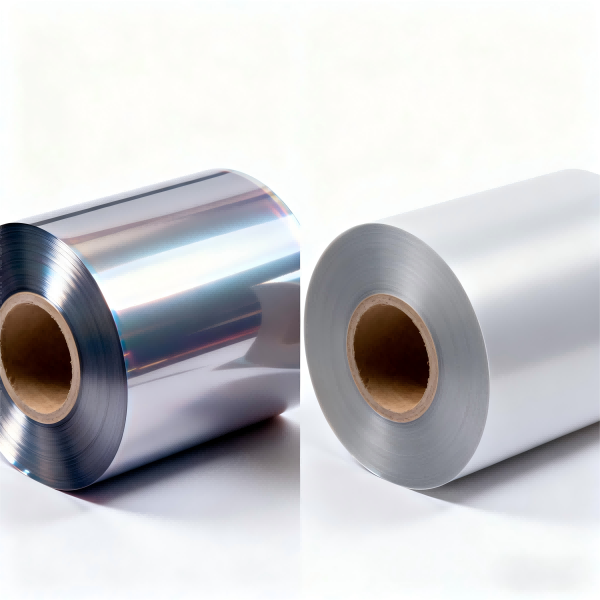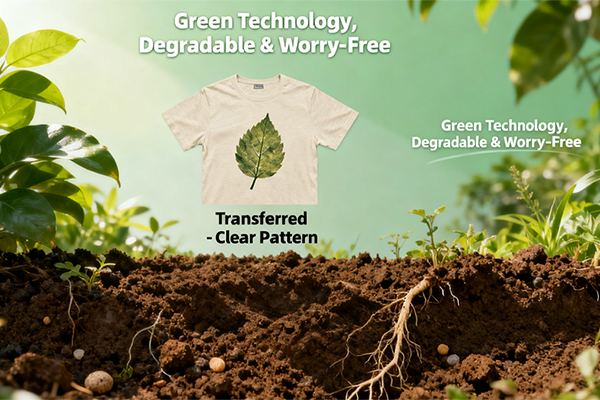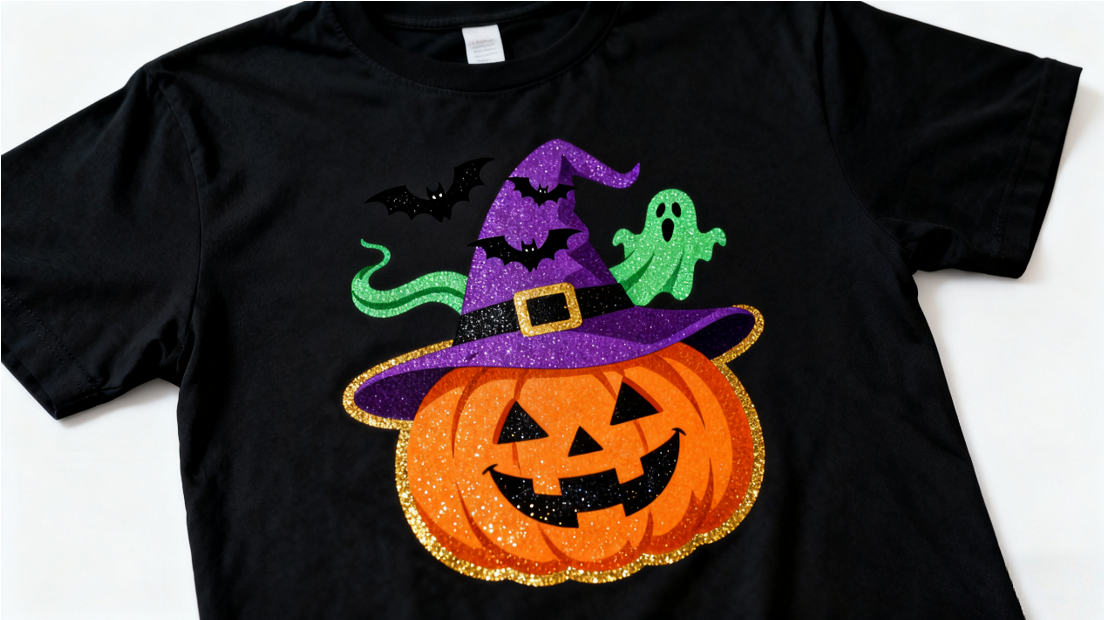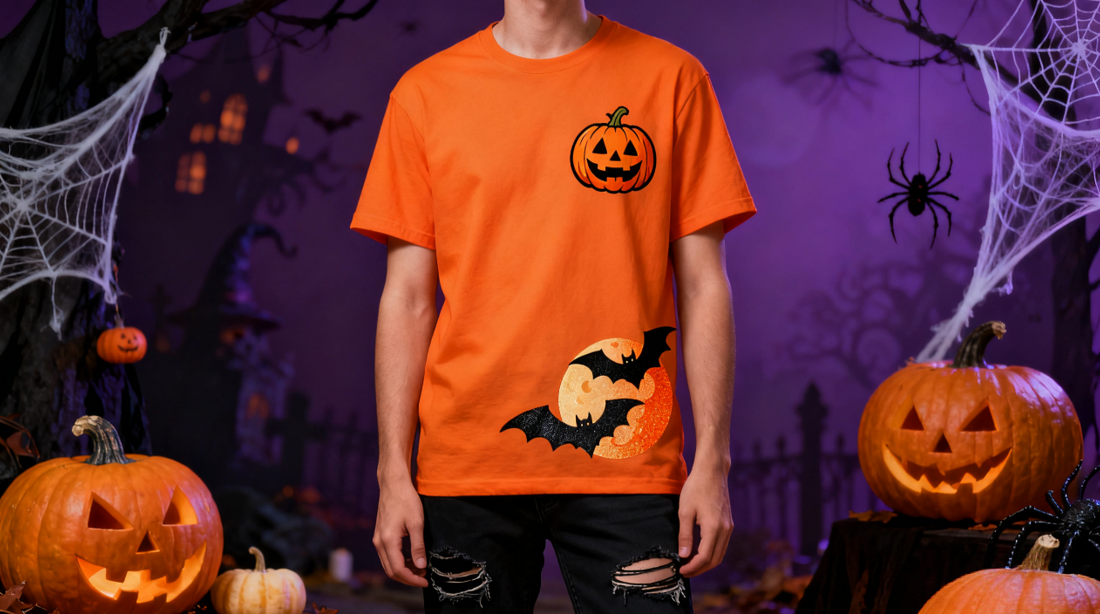What are the advantages of BOPP film
Third, BOPP film offers great versatility and safe...
MoreDirect to film (DTF) transfers have revolutionized the garment printing industry by offering a versatile and high-quality method for applying designs to various fabrics. Unlike traditional methods like direct to garment (DTG) or heat transfer vinyl (HTV), DTF involves printing a design onto a special PET film and then using a heat press to transfer that design, along with a powdered adhesive, onto the textile. This process is renowned for its vibrant colors, durability, and ability to adhere to a wide range of materials, including cotton, polyester, blends, and even nylon. When selecting the right DTF transfers for your needs, the primary considerations should be the intended fabric composition, the complexity and color range of your design, the required production volume, and your budget for both initial setup and ongoing consumable costs. For businesses focusing on dark garments, DTF often provides superior opacity and color vibrancy compared to DTG without the need for pre-treatment, while its flexibility on diverse materials makes it a strong competitor to the more restrictive HTV process.
The decision-making process for choosing DTF transfers must be grounded in practical industry data and a clear understanding of the technology's capabilities and requirements. According to market analysis from Grand View Research, the global digital textile printing market, which includes DTF technology, was valued at USD 2.42 billion in 2022 and is projected to expand at a compound annual growth rate (CAGR) of 12.5% from 2023 to 2030. This growth is largely driven by the advantages of digital printing, such as reduced waste, lower cost for short runs, and high customization—all core benefits of the DTF process. A critical first step is evaluating the printer itself. Search trends and industry forums consistently highlight key printer models from manufacturers like Epson, Mimaki, and Roland, which are often modified for DTF use. The essential factors are print resolution, which should be a minimum of 1440 dpi for sharp detail, and the reliability of the white ink circulation system, as white ink is fundamental for creating opaque designs on dark garments. Clogging of white ink printheads remains a frequently reported technical challenge, so investing in a printer with a robust and automated maintenance system is crucial for operational continuity and reducing material waste. The choice of inks is equally important; third-party tests and user reports consistently show that substandard DTF inks can lead to poor color gamut, cracking after washing, and adhesive failure. Reputable ink brands, often verified through supplier certifications and user reviews, ensure color fastness and durability that can withstand over 50 industrial wash cycles without significant fading or peeling, meeting the rigorous AATCC 61 test standards.
Furthermore, the selection of consumables—specifically the PET film and hot melt adhesive powder—directly impacts the final product's quality and your profit margins. Industry benchmarks suggest that the cost of consumables can account for 60-70% of the total cost per print in a DTF operation. The PET film must have a consistent coating to accept the ink and a release layer that allows for a clean transfer without residue. Data from material suppliers like Hunkeler or Felix Schoeller indicate that film thickness, typically between 75 and 125 microns, affects transfer sharpness and handling durability. The adhesive powder is arguably the most vital component; its particle size and composition determine the softness of the final print and its adhesion strength. Powders with a mesh size of 80-120 are standard, providing a balance between a soft hand feel and strong bonding. A common failure point identified in customer complaints is the "chalky" feel or poor stretchability of a transfer, which is almost always traced to low-quality adhesive powder. Finally, the curing process with a heat press must be precise. Manufacturer guidelines and empirical data collected by users show that optimal settings are typically between 160°C and 170°C (320°F - 338°F) for 12-15 seconds at medium pressure. Deviating from these parameters, as documented in numerous troubleshooting guides, can result in under-curing (leading to wash-out) or over-curing (leading to a stiff print and yellowing of white areas). Therefore, a systematic approach focusing on verified equipment performance, certified consumables, and a disciplined production workflow is essential for choosing and successfully implementing a direct to film transfer system that delivers consistent, commercial-quality results.
Select the most popular foreign trade service products to meet your diverse needs
Learn more about the dynamics and professional knowledge of the foreign trade industry

Third, BOPP film offers great versatility and safe...
More
BOPP Film (Biaxially Oriented Polypropylene Film) ...
More
In the dynamic world of custom apparel printing, b...
More
Make your Halloween tees shine with SAILLAGE’s DTF...
More
Direct-to-Film (DTF) transfers offer a fantastic w...
More
Get ahead of the holiday rush with this actionable...
MoreSelect the most popular foreign trade service products to meet your diverse needs
Explore more content related to foreign trade services

Tel: +86 17706217416
Add: Building L2A, No. 520, Lane 1588, Zhuguang Road, Hongqiao World Center, Qingpu District, Shanghai, China
User Comments
Service Experience Sharing from Real Customers
Sarah Johnson
Graphic DesignerThe direct to film transfers produced incredibly vibrant and durable prints on our custom t-shirts. The colors are sharp and the detail is amazing. Our clients have been thrilled with the quality!
Michael Chen
Print Shop OwnerExcellent results with the direct to film transfers. The process is straightforward and the transfers work well on various fabrics. Slight learning curve with temperature settings, but overall very satisfied.
Emily Rodriguez
Art TeacherPerfect for our school's custom merchandise projects! The direct to film transfers allowed students to create professional-looking designs easily. The transfers are durable and withstand multiple washes.
David Thompson
Small Business OwnerOutstanding quality and consistency. The direct to film transfers have revolutionized our custom apparel business. Quick production time and exceptional color reproduction have significantly boosted our sales.